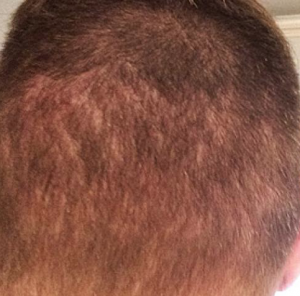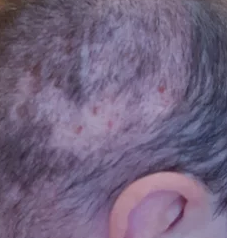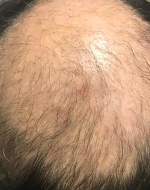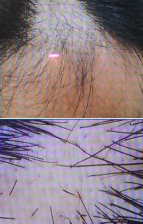After years of studying the twists and turns of hormone replacement therapy among women, Montreal-based epidemiologist Christel Renoux, MD, PhD, shifted her focus to its use in aging men — a path that’s proving no less controversial. “There is a passionate debate around testosterone replacement therapy; you have strong, strong believers it is really having a benefit and others say the benefit is modest and not worth the risk. You can see that it is really dividing even the scientific community,” she told theheart.org | Medscape Cardiology. Following the publication of two articles linking testosterone replacement therapy with an increased risk for myocardial infarction (MI) and stroke, the US Food and Drug Administration and Health Canada issued warnings about using testosterone products for age-related low testosterone and required a warning on product labels. The European Medicines Agency, however, found no consistent evidence for such risks.
Prescribing patterns appear equally conflicted, with one recent study showing testosterone prescriptions plunging in 2013 after publications of the cardiovascular safety concerns, while another report found spending on testosterone nearly quadrupled from $108 million in 2007 to $402 million in 2016. Rates of hypogonadism, however, have remained stable, suggesting that aging but otherwise healthy men with low testosterone may be turning to testosterone replacement therapy (TRT) as an elixir for aging and dwindling sexual function. “We are at the early stage of the debate. We need much more work to clearly delineate is there a place, possibly, for testosterone replacement therapy and in which clinical scenario and at which age,” said Renoux, from Jewish General Hospital and McGill University, both in Montreal, Canada.
Renoux and colleagues’ latest work provides no easy answers, despite a large cohort of 15,401 men, aged 45 years or older (mean 60.4 years), diagnosed with low testosterone without evidence of hypogonadotropic or testicular disease in the UK Clinical Practice Research Datalink database between 1995 and 2017. Most patients received testosterone gels or creams (56.8%) and 33.6% received injections. The results show a 21% increased risk for the composite of MI and ischemic stroke/transient ischemic attack (TIA) in current TRT users vs nonusers after adjusting for more than 20 potential confounders (hazard ratio [HR], 1.21; 95% confidence interval [CI], 1.00 – 1.46). This corresponds to an adjusted risk difference of 2.4 events per 1000 persons per year, the authors reported July 18 in the American Journal of Medicine.
MI and stroke risk was highest in the first 6 months to 2 years of continuous use and mostly driven by an increased risk among men aged 45 to 59 years. Risk was also increased in men with and without prior cardiovascular disease (CVD), but the results did not reach statistical significance. Surprisingly, current TRT use was associated with a lower risk for all-cause mortality (HR, 0.64; 95% CI, 0.52 – 0.78) and past use with an increased risk when compared with nonuse (HR, 1.72; 95% CI, 1.21 – 2.45). “It’s difficult to reconcile on one hand an increased risk of cardiovascular disease, which is one of the leading causes of mortality in older men, and at the same time finding a strong predictive effect on all-cause mortality,” Renoux said. (Text taken from Medscape)




















